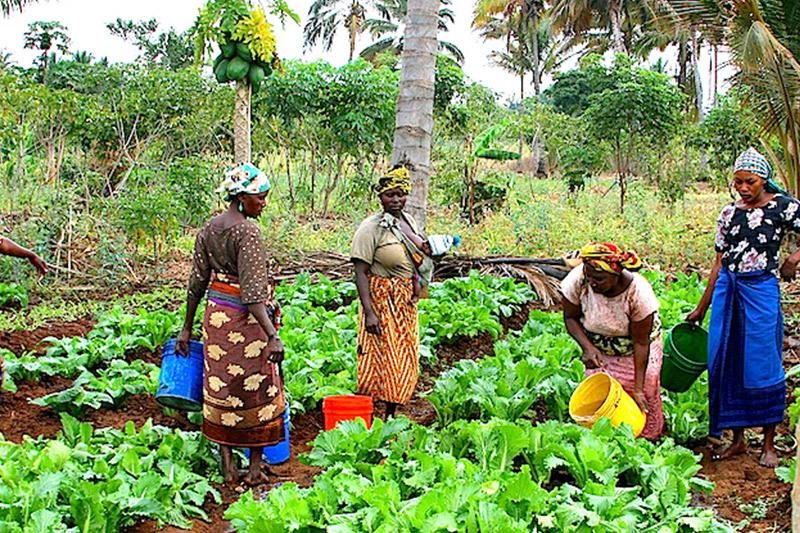In the last post, we discovered the various types of production functions commonly used in agricultural production economics. These include: linear function, quadratic function, Cobb-Douglas function, square-root function and semi-log function. In this post we shall go a step further to examine the time periods in the production process.
At the end of this topic, you should be able to explain the meaning of:
time periods in the production process
explain short run period of production
describe long run period of production
Meaning of time periods
The time periods in the production process refers to the period of time required for resources to adjust from its present status to new production positions. In a production process, before a farmer can increase his output, at least one of the resources must increase. Farm inputs like land, labour and capital cannot increase at the same rate. Labour can be adjusted quickly in response to increase demand for farm products, but capital like building and farm equipment may take longer time. This phenomena in the production process enables us to distinguish between short run and long run production periods.
Short Run Period
The short run production period is defined as a period of time over which at least one input can be varied while keeping other inputs fixed. During this period farmer cannot increase or decrease their land and capital resources.
However, some resources like labour can vary within short notice in other to adjust to new level of output. Short run production period varies according to the type of farm enterprise.
Long Run Period
The long run period of production process is defined as the period of time long enough that all inputs can be varied. During this period of time farm output can be increased with increase in all the farm inputs. At this period of production process both farm size, farm building, farm equipments can be varied.
The conditions for output and profit maximization in the short run production process differ from that of long run period. In discussing resource allocations, consideration must be given to the time period of production process.
SELF-ASSESSMENT EXERCISE
Explain the time periods in production process
CONCLUSION
In this topic, we examined the meaning and types of time period of production process. We identified two major types in the time period. The short run and the long run period time in production. We can conclude here, that the consideration of time is very important in output and profit maximization.
SUMMARY
The main points in this unit include the followings:
Time period in the production process consider the period needed for inputs to adjust to change in output.
The period that allow one input to vary while other inputs are fixed is called short run period of production
The period long enough for all factors of production to vary is called long run period of production
Time period in the production process is an important factor in the determination of maximum output and profit.
ASSINGMENT
Explain with examples, the concept of short run and long run period of time in the production process.
REFERENCES/FRUTHER READING
Abbot J. C and J.P Makeham (1980). Agricultural Economics and marketing in the tropics London, Longman Publishers.
Adegeye A.J. and J.S Dittoh (1985) Essentials of Agricultural Economics Ibandan, Impact Publishers.
Nweze N.J.(2002). Agricultural production Economics: An introduction text Nsukka. AP Express Publishers.
Olayide S.O & Heady E.O (1982). Introduction to agricultural Production Economics. Ibadan. University Press Ltd.
Olukosi J.O & A.O Ogungbile (1989). Introduction to Agricultural Production Economics: Principles and Apllication Zaria. AGTAB Publishers Ltd.
Marshall A.C (1998). Modern Farm Management Techniques. Owerri Alphabet Nigeria Publishers.
Reddy S.S. P.R. Ram, T.V. Sastry and I.B. Devi (2004) Agricultural Economic New Delhi. Oxford and Ibh Publishers Ltd.



0 Comments
Comment